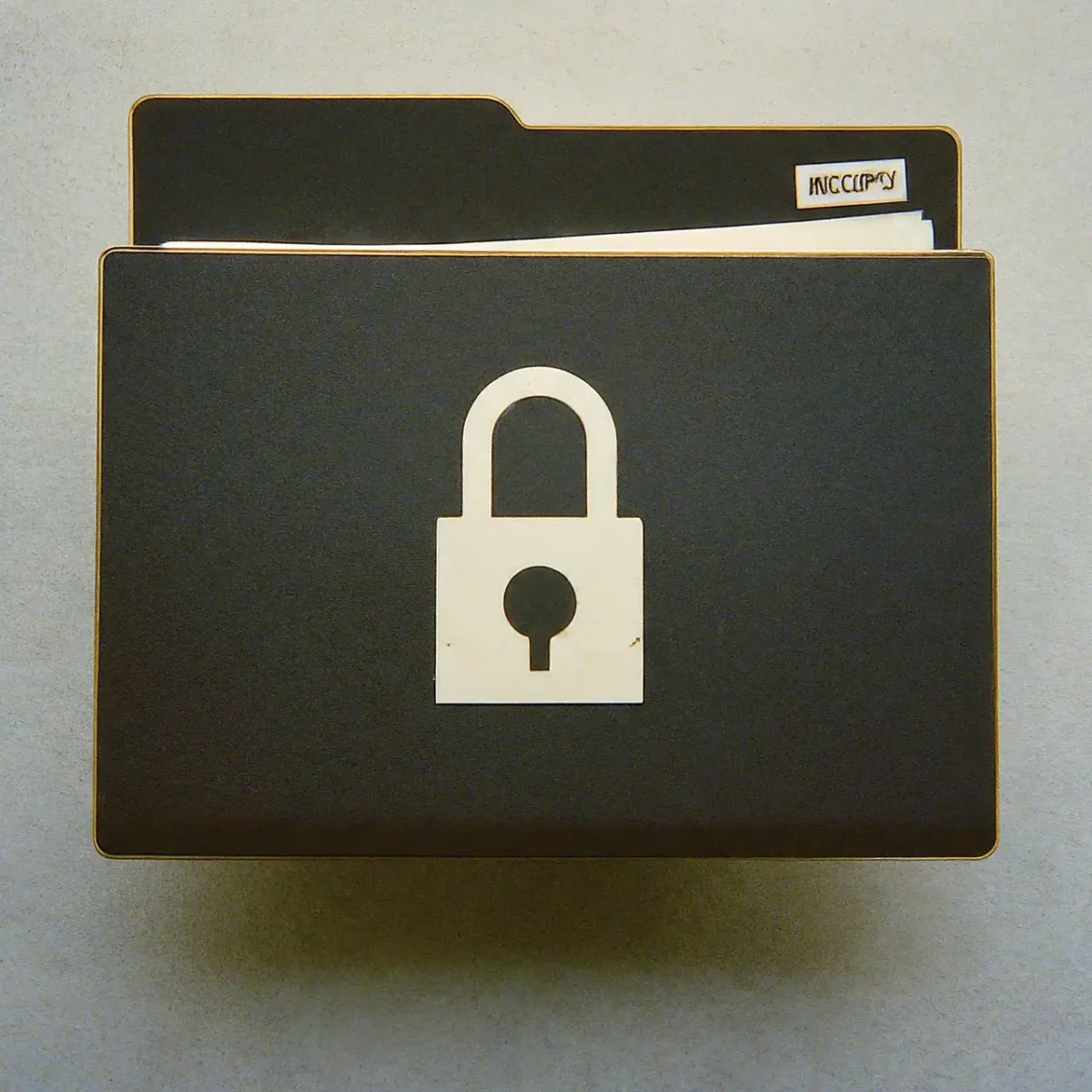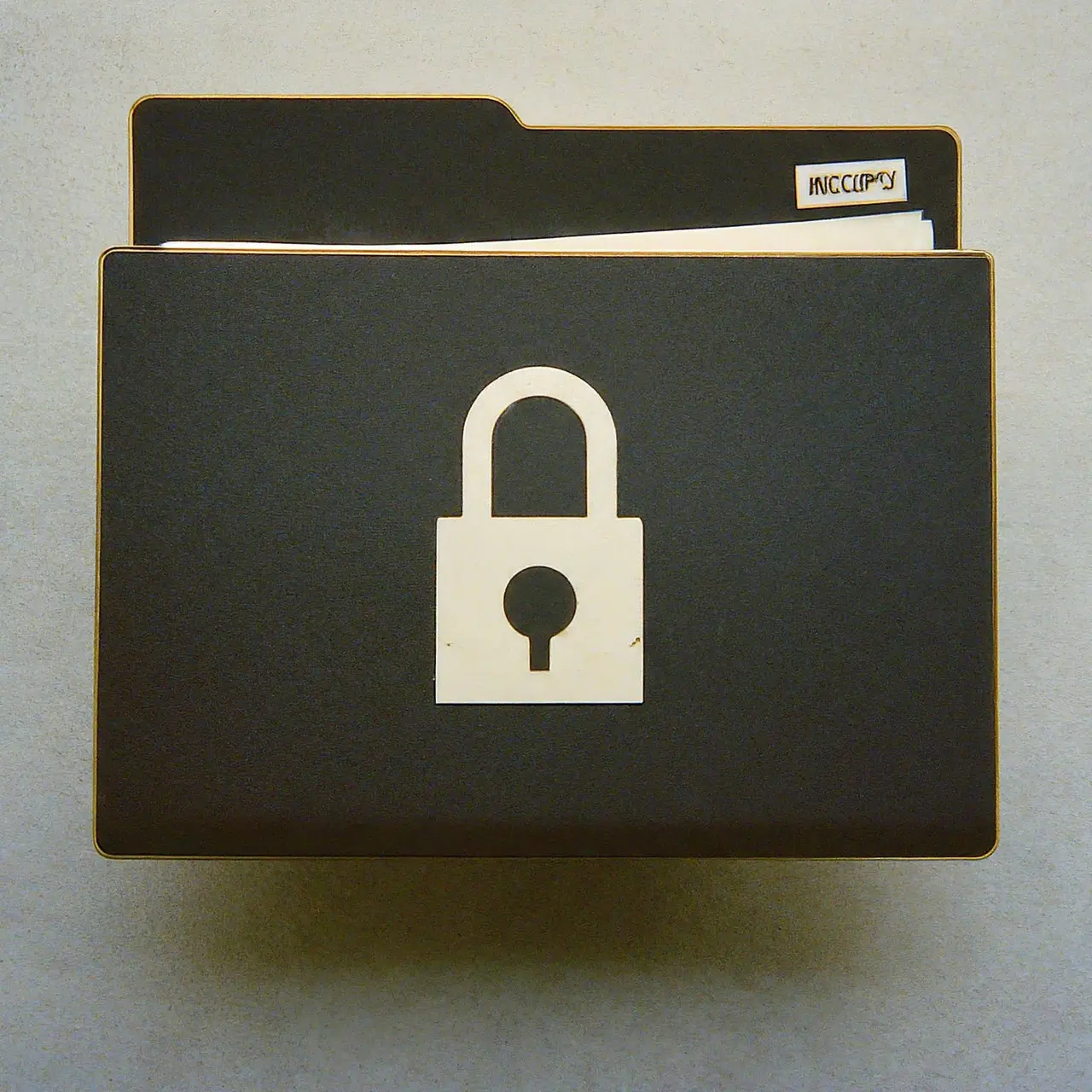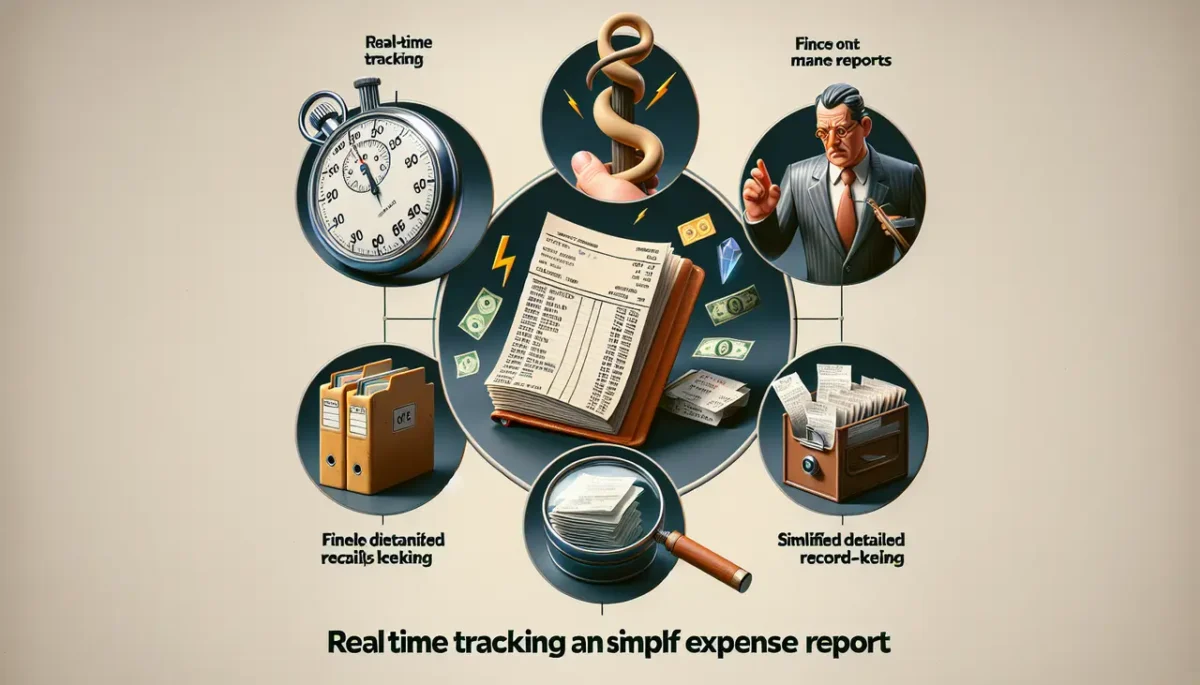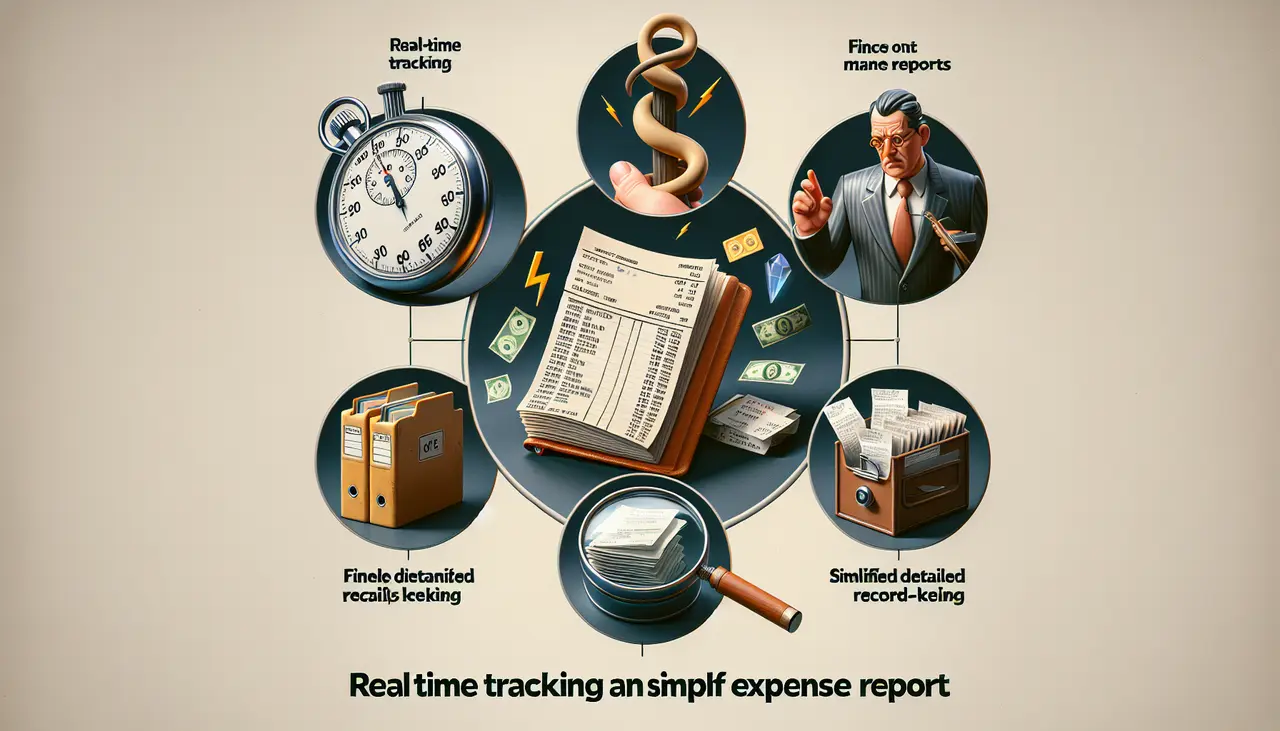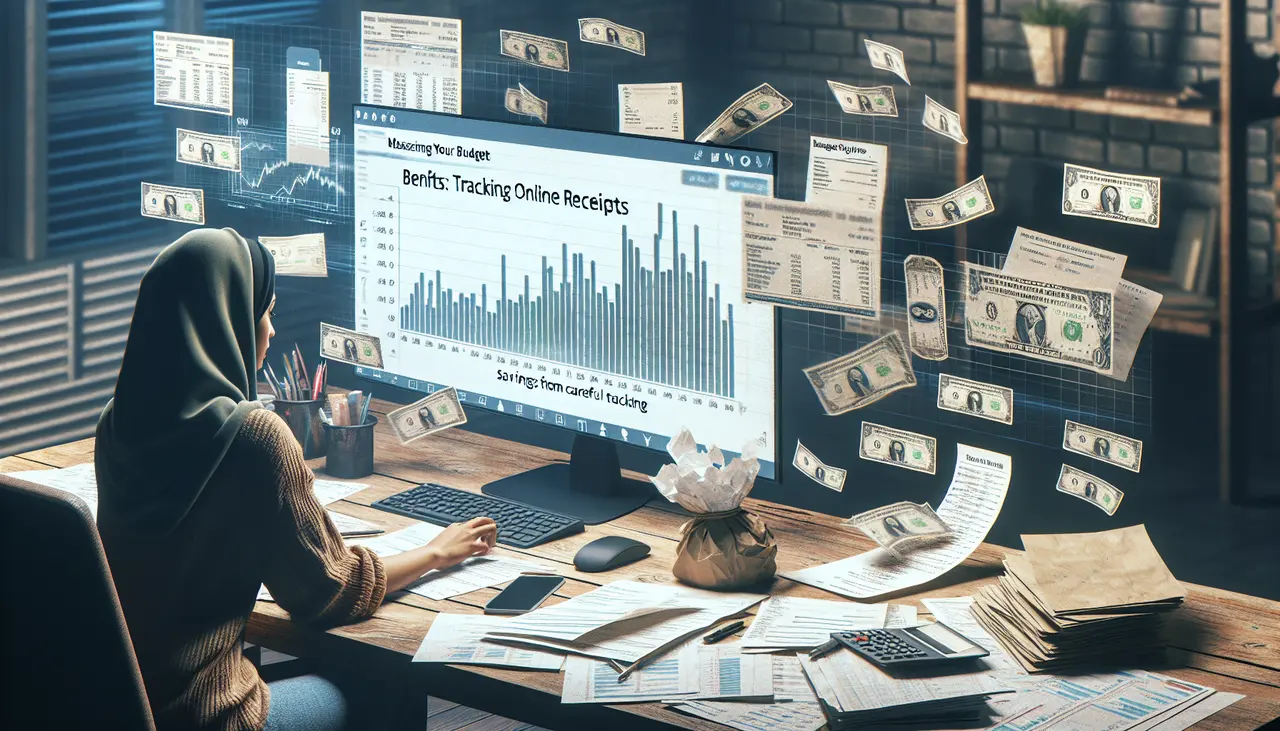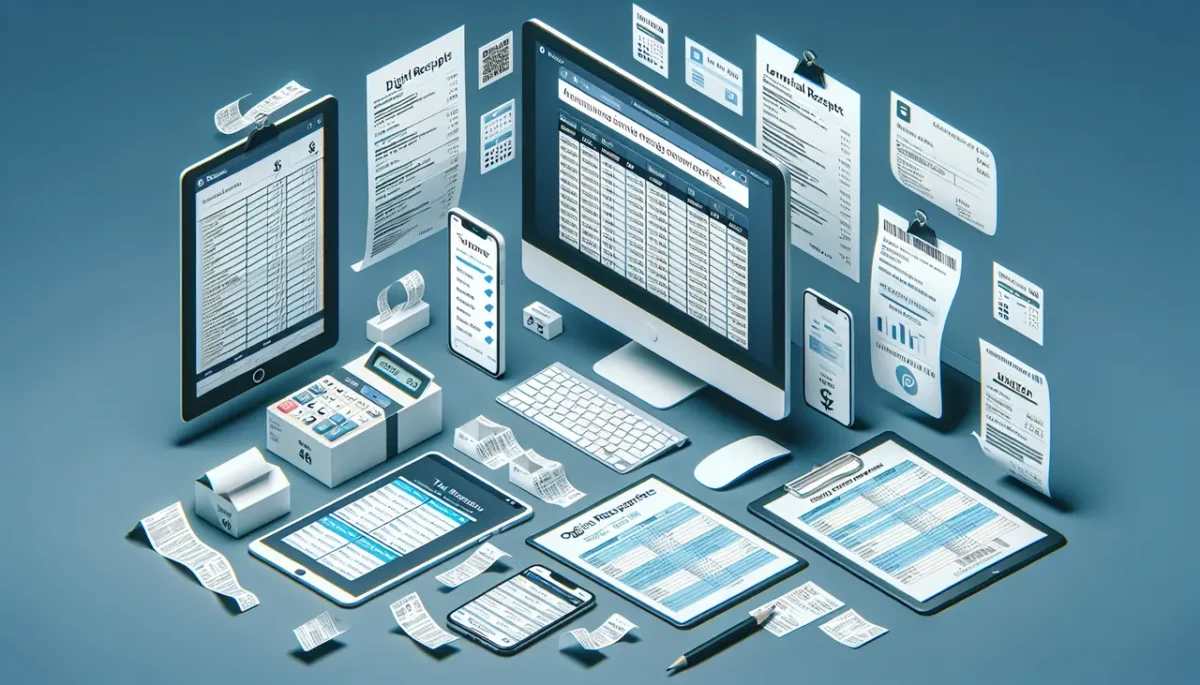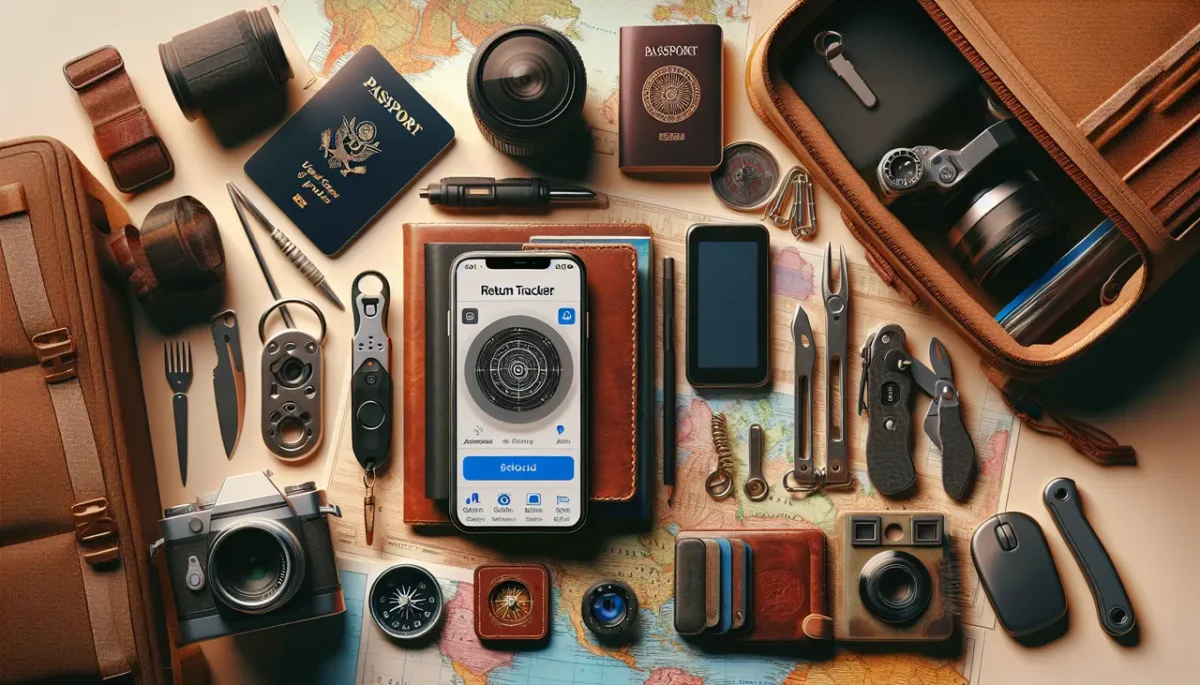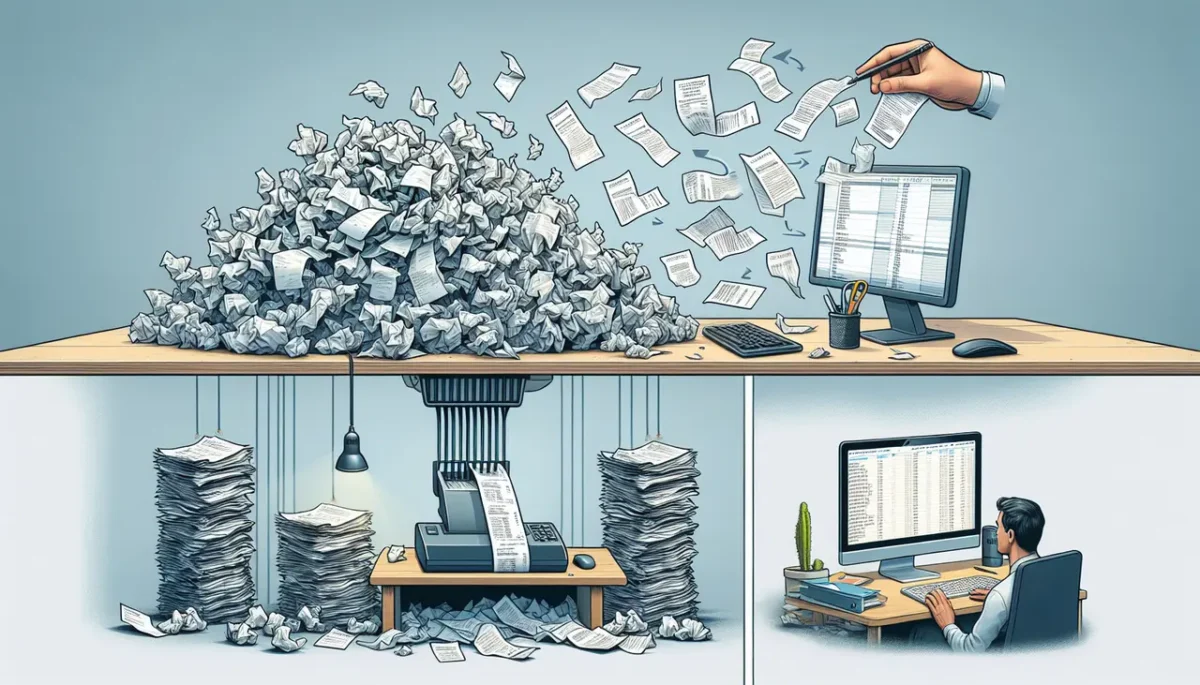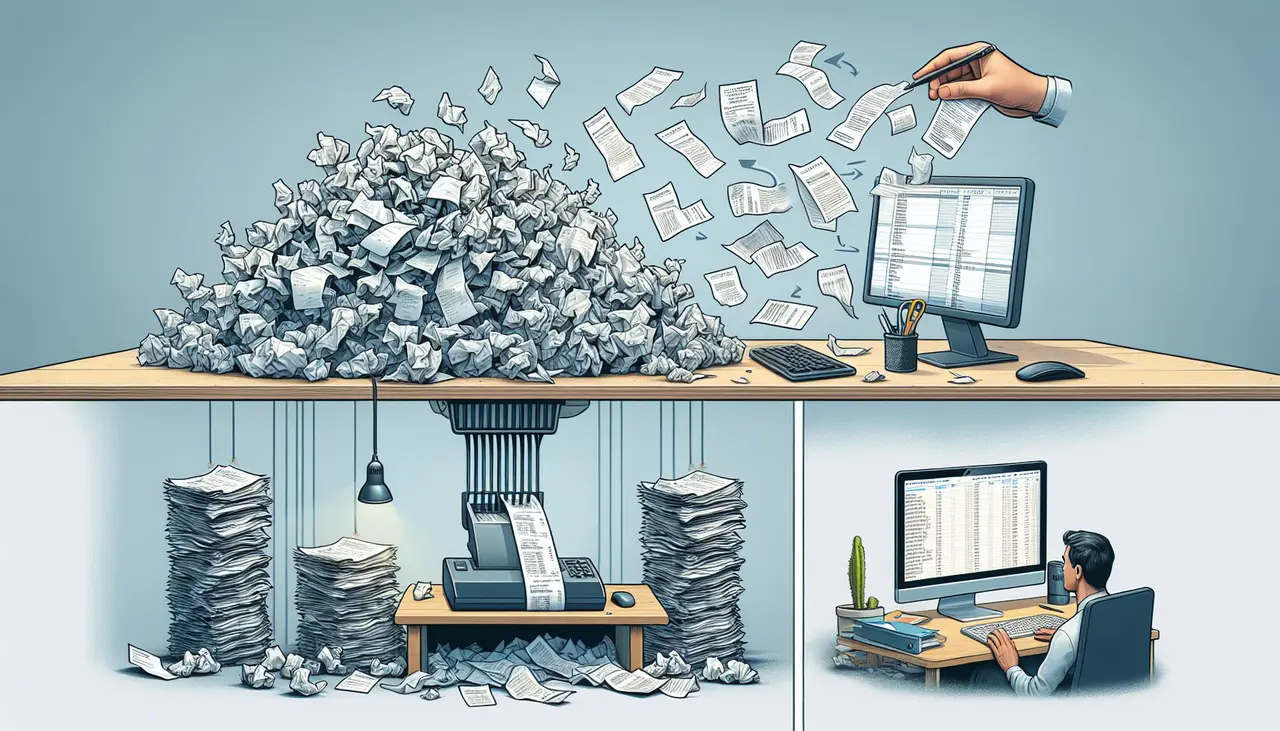Introduction to the Importance of Online Receipts for Tax Season
We all hate tax season, but it’s a fact of life we can’t ignore. For the modern shopper and businessperson, more and more of our transactions happen online. This shift has made online receipts incredibly important for tax season. Here’s the deal: Those emails you get after buying something online or the digital receipts you save from your online shopping sprees? They are your best friends when the taxman comes knocking.
Online receipts are official records of your purchases and expenses. When tax season rolls around, they can prove what you’ve spent, so you can claim relevant deductions or expenses on your tax return. This isn’t just about saving a few bucks; it’s about having an organized record that can save you from a lot of headaches. Imagine trying to dig through a year’s worth of paper receipts! Nightmare, right?
Instead, with online receipts, you’ve got a digital paper trail that’s easy to organize and access. Plus, if the IRS ever questions your claims, those receipts are your first line of defense. So, let’s embrace the importance of keeping and organizing those online receipts. It’s a small habit that can lead to big savings and even bigger peace of mind come tax season.
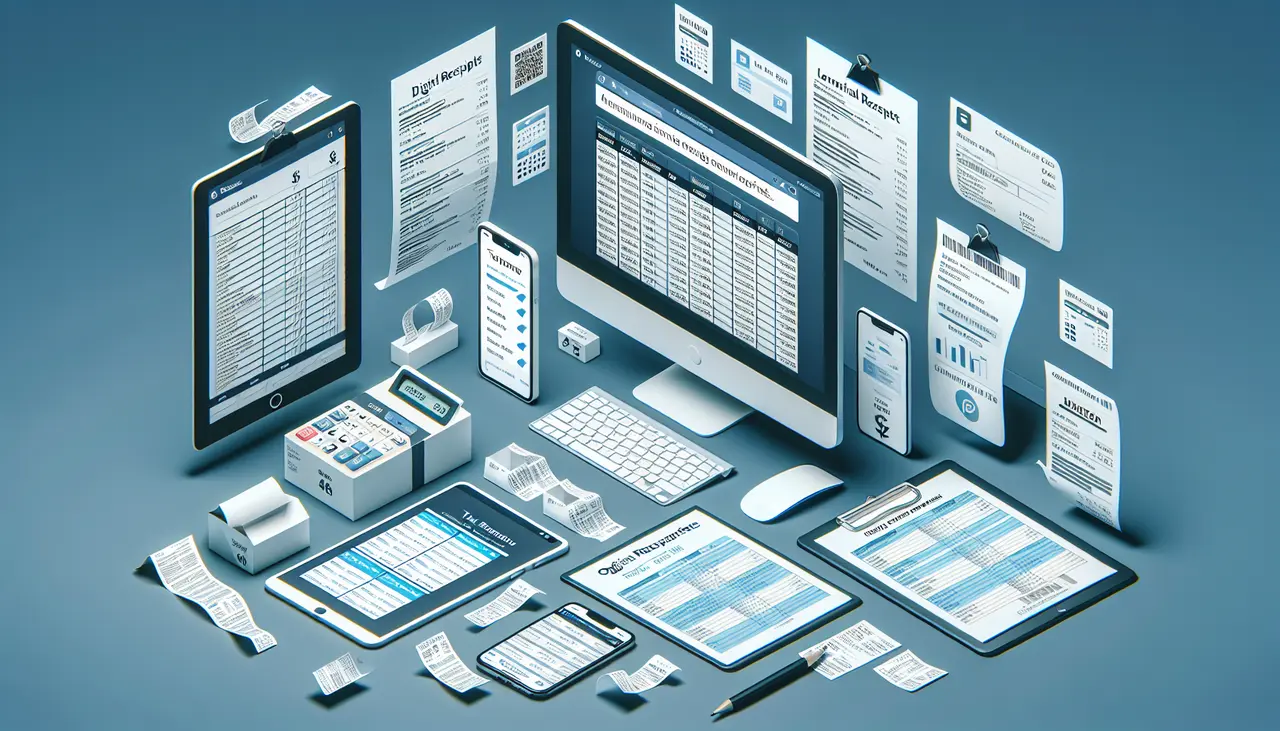
Why You Should Digitally Organize Your Receipts
Going paperless with your receipts isn’t just a trend; it’s a smart move, especially when tax season rolls around. Here’s why you should start digitally organizing your receipts: First off, it saves space. Forget about drawers stuffed with faded paper; digital files can be stored efficiently in the cloud or on your computer. Next, it saves time. Come tax season, instead of frantically sifting through piles of paper, you can easily sort and find the receipts you need with a few clicks.
It’s also more secure. Paper receipts can easily get lost, damaged, or stolen. Digital receipts, however, can be backed up and encrypted, making them safer from prying eyes. Lastly, it simplifies your life. Many apps not only store but also categorize your receipts, making it a breeze to track your spending and deductions. Start going digital with your receipts; it’ll make your life easier, especially when it’s time to deal with taxes.
To keep your online receipts organized for tax season, several top tools and apps stand out for their simplicity and efficiency. Evernote is a fan favorite for its versatility. You can snap photos of your receipts, add tags for easy searching, and even store them in designated notebooks. Receipts & Returns streamlines the process by automatically extracting information from your receipts and categorizing expenses. Ideal for freelancers and small businesses, QuickBooks offers an integrated approach, linking directly to your bank account and categorizing expenses accordingly.
Lastly, Receipt Bank is another excellent option, allowing you to upload receipts via email or the app itself and integrating seamlessly with most accounting software. Each of these tools has its unique strengths, but they all make the daunting task of managing online receipts for tax season a lot simpler. Choose the one that best fits your workflow and watch how it transforms your tax preparation experience.
How to Categorize Your Receipts for Easier Tax Filing
Categorizing your receipts makes tax season less of a headache. Think of your financials as a puzzle; sorting your receipts is like organizing the pieces. First, divide receipts into broad categories: Business Expenses, Personal Expenses, and Capital Expenses. Under Business Expenses, sort further into travel, meals, supplies, and so on. Personal Expenses should generally stay out of your tax files unless they directly impact your business.
Capital Expenses involve larger purchases like equipment or property that have a longer life than a year. Next, use sub-categories to get even more organized. For each receipt, note the date, amount, and purpose. This detailed sorting brings two big wins – it speeds up your tax preparation and might even uncover deductions you’d otherwise miss. Keep it simple, stay consistent, and watch your tax filing become smoother.
Essential Tips for Storing Your Digital Receipts Securely
To keep your digital receipts safe, it’s crucial to be both organized and smart about security. Here are some straightforward tips to help you manage this task effectively. First, consider using a dedicated email address for all your online purchases. This makes it easier to track receipts without them getting lost among personal emails. Next, rely on cloud storage services known for their security features, like Google Drive or Dropbox, to store your receipts. Make sure to set strong passwords and enable two-factor authentication on these accounts for an extra layer of protection.
It’s also wise to keep backup copies of your digital receipts in a different location, just in case. Sometimes, a simple USB drive stored in a safe place can be your savior if something goes wrong with your primary storage. By taking these steps, you’ll ensure that your digital receipts are secure and easily accessible when tax season rolls around.
The Role of Online Receipts in Maximizing Your Tax Deductions
Online receipts are your best ally when it comes to tax time. Think of them as golden tickets that unlock potential tax deductions you might not even know you have. From business expenses, charitable donations, to even some personal expenses, the key to maximizing your deductions lies in keeping track of these digital proofs of purchase. Without them, convincing the tax authorities about the legitimacy of your deductions becomes a tough battle. So, make it a habit to store all your online receipts in one place.
There’s nothing worse than knowing you could have saved money on taxes but didn’t because you lost a receipt. Keeping a digital folder or using a dedicated app can save you a world of trouble. Remember, every receipt is a step towards paying less tax legally. Don’t give the government more than you have to—make those online receipts work for you.
Common Mistakes to Avoid with Online Receipt Management
When it comes to managing online receipts for tax season, a few slip-ups can make the process more of a headache than it needs to be. First, don’t toss receipts too soon. You might think, “I’ve entered this into my system, I don’t need it anymore.” Wrong. Keep them until you’re sure you won’t get audited. Second, a lot of folks mix personal and business expenses. This is a no-go. Keep these separate to avoid a mess later. Another mistake is not backing up your receipts. Imagine your computer crashes, and poof, all your records are gone. Use cloud storage or an external drive to keep copies.
Also, some people trust their memory too much. They plan to log everything later and then forget the details. Record your expenses ASAP to avoid this trap. Lastly, not categorizing expenses properly can lead you into murky waters. Be precise. “Supplies” could mean anything, but “Office Supplies” is clear. Avoid these mishaps, and managing your online receipts for tax season will be a breeze.
Keeping Track of Charitable Donations and Business Expenses
For tax season, not losing track of your charitable donations and business expenses is crucial. First, make a habit of scanning or photographing receipts related to these transactions. Store them in clearly labeled folders on your computer or a cloud service—divide them into two main categories: Charitable Donations and Business Expenses.
For charitable donations, every time you make a donation, note the organization, the date, and the amount. If it’s a physical item you donated, estimate its value. Keep all acknowledgment letters or emails from the organizations.
On the business expenses front, log every purchase related to your work the moment you make it. Include a brief description of why it’s a business expense. This can include anything from office supplies to a portion of your home internet bill if you work from home.
Why is this so important? Because both charitable donations and business expenses can significantly reduce your taxable income, meaning less tax to pay. Come tax season, you’ll thank yourself for being organized. Plus, if the IRS ever asks for proof of these expenses, you’ll have everything at your fingertips, no sweat.
So, start today. Make it a routine, and you’ll navigate tax season with ease and confidence.
Preparing Your Online Receipts for Tax Professional Review
Getting your online receipts ready for tax time doesn’t have to be a headache. Think of it as organizing your digital closet. First, gather all your receipts. Check your email, online shopping accounts, and bank statements. Next, sort them. Create folders for different categories like business expenses, healthcare, and donations. Label each receipt with the date, amount, and purpose. Now, review them. Make sure they’re all necessary for your taxes and that none are duplicates. Then, sum up. Add up the total for each category.
This makes it easy for your tax professional to see where your money went. Lastly, share smart. Use a secure method to send your receipts to your tax pro. Don’t just email them. Consider a secure file-sharing service. Keeping things simple and organized will make your tax professional’s job easier and could help you maximize your deductions.
Summary: Streamlining Your Tax Season with Effective Online Receipt Management
Managing your online receipts for tax season doesn’t have to be a headache. Start by gathering all your digital receipts in one place. Use cloud storage like Dropbox or Google Drive for easy access and organization. Next, categorize them based on their purpose – think medical expenses, business costs, or personal purchases. Make it a habit to update this digital folder weekly so you’re not overwhelmed come tax season.
Also, consider using receipt management apps. They can capture, sort, and store receipts for you, making your life easier. Remember, the key to a smooth tax season is staying organized. Keep your digital receipts tidy, and you’ll breeze through tax prep.
Ready to simplify your life? Download the Receipts and Returns app today and take the first step toward a paperless, stress-free shopping experience.
Click App Store & Play Store

